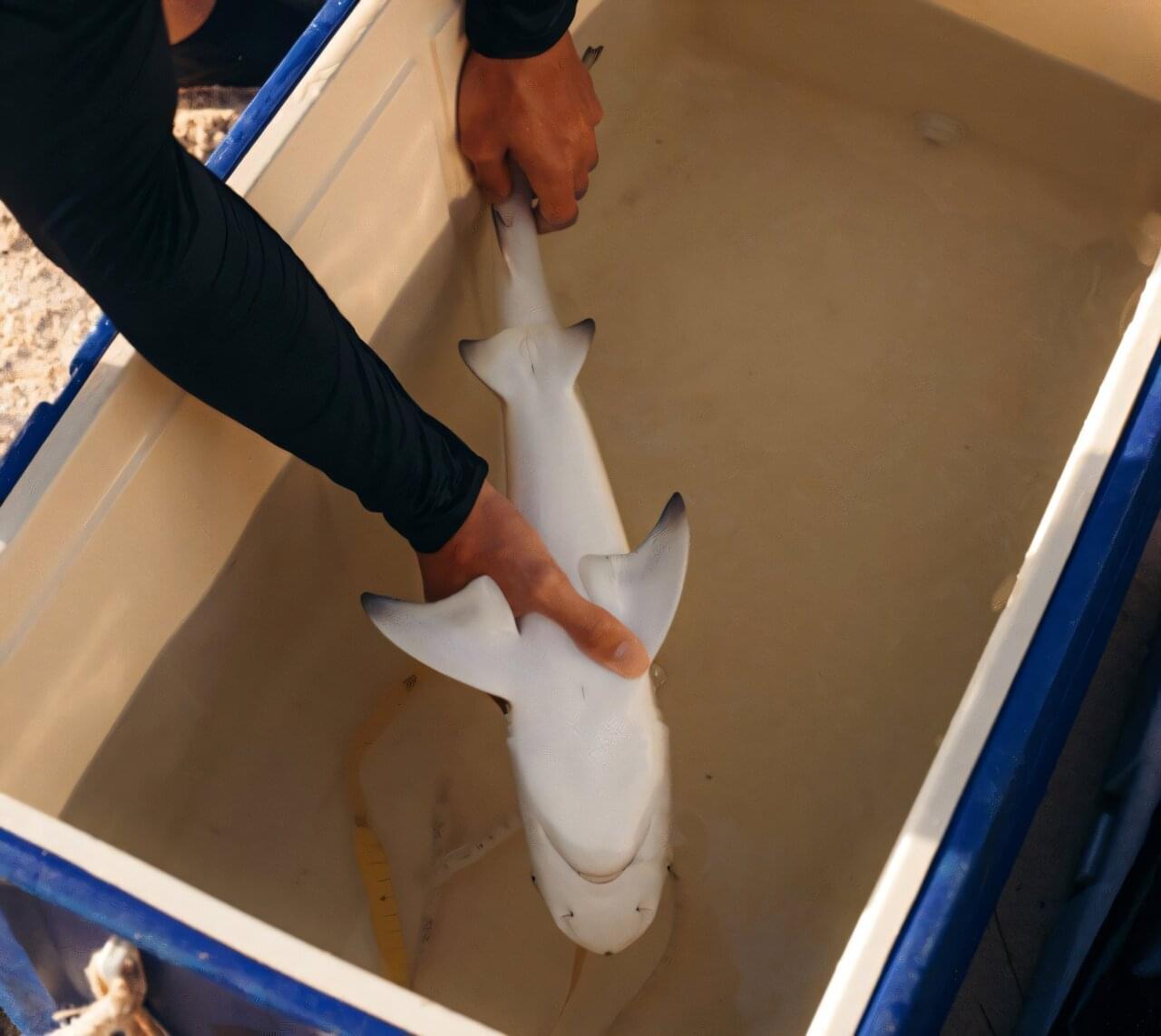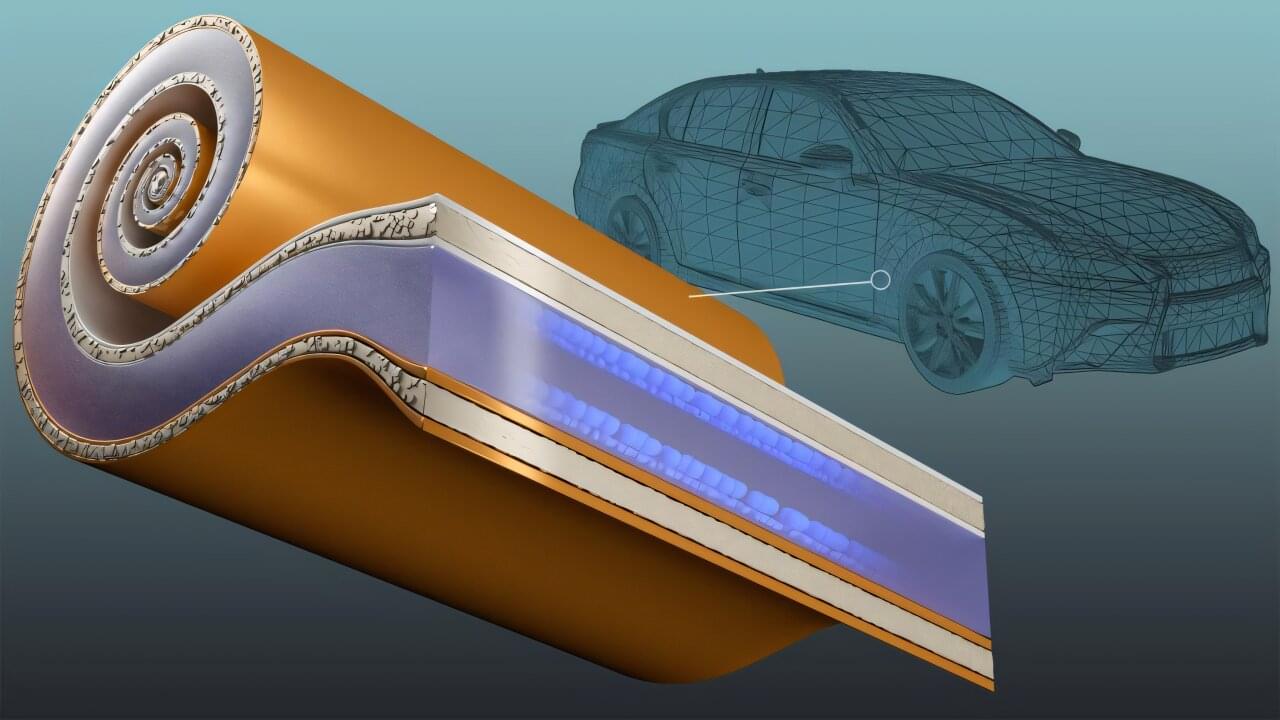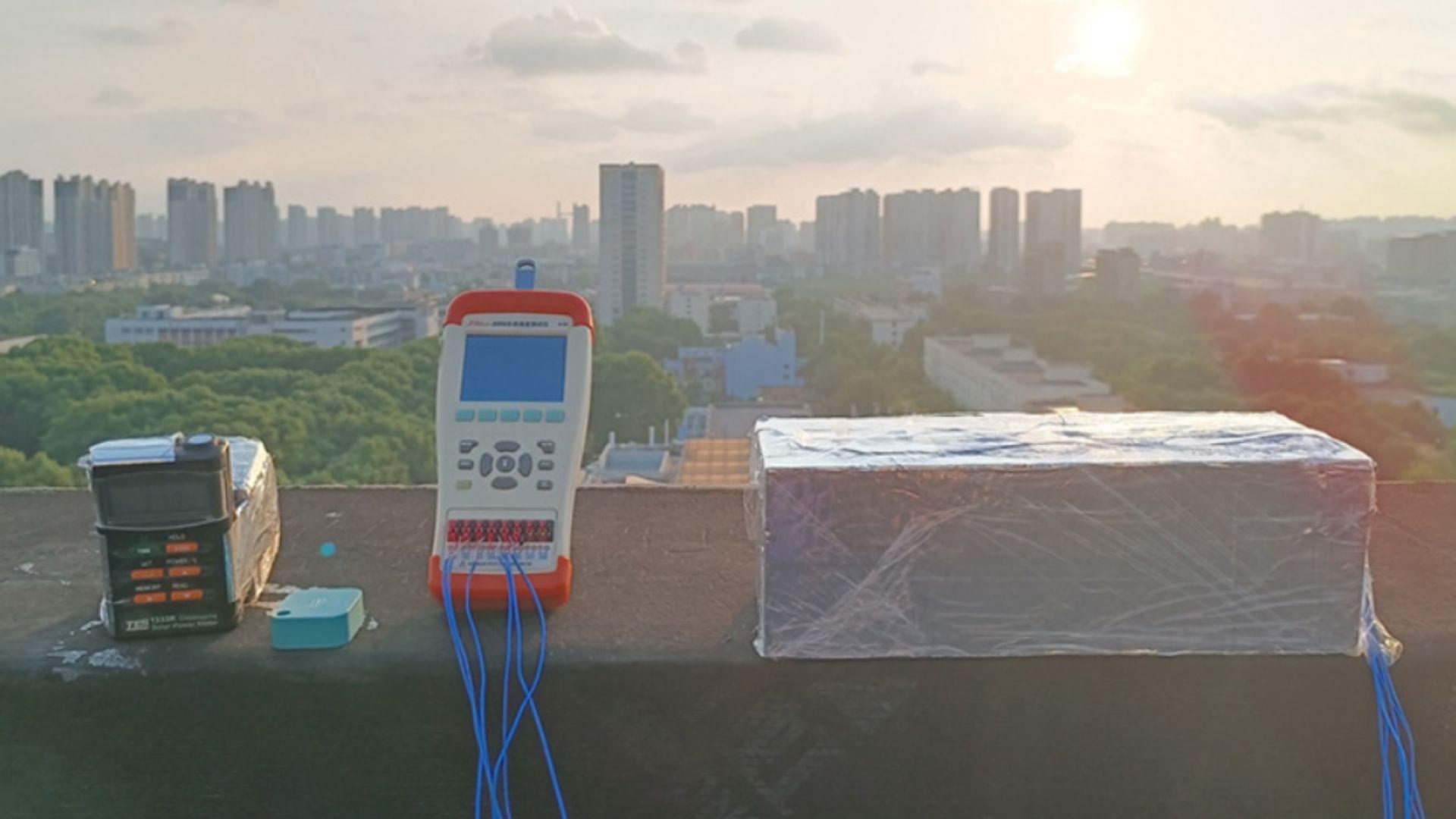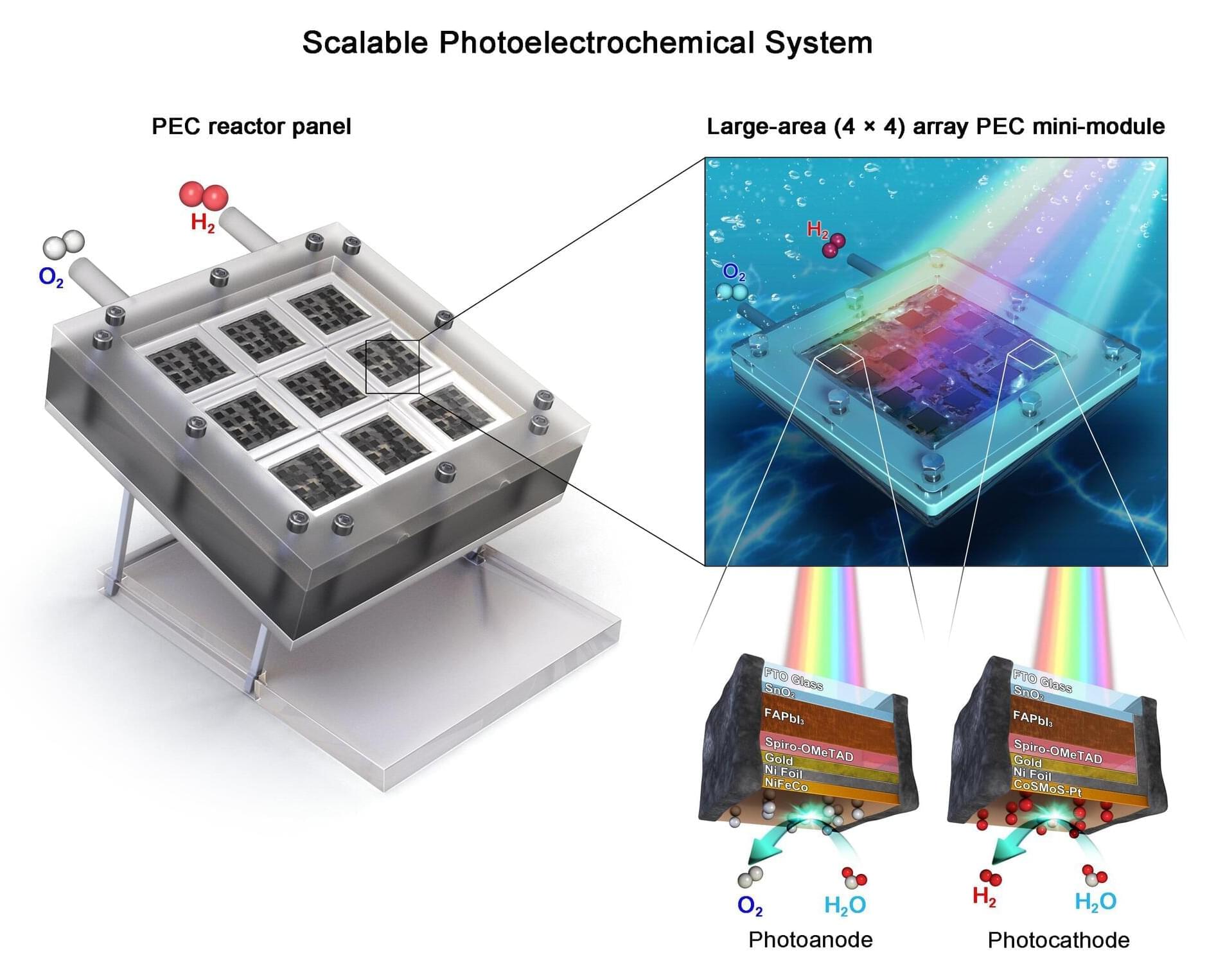Tesla’s 2024 impact report highlights the company’s progress in accelerating its mission to sustainable energy through innovative technologies, including autonomy, AI, and reduced emissions, with a focus on expanding its ecosystem and making sustainable transportation and energy solutions more accessible ## ## Questions to inspire discussion.
Sustainable Transportation.
🚗 Q: How will Tesla’s robo taxi network impact transportation?
A: Tesla’s autopilot-powered robo taxi network will be far safer than human drivers, lower emissions, and increase accessibility of sustainable transportation, improving city sustainability and accelerating Tesla’s mission.
🏙️ Q: What are the benefits of Tesla vehicles compared to other options?
A: Tesla vehicles offer premium features rivaling luxury cars while maintaining a total cost of ownership comparable to mass market vehicles, providing significantly more value at a similar price point.





